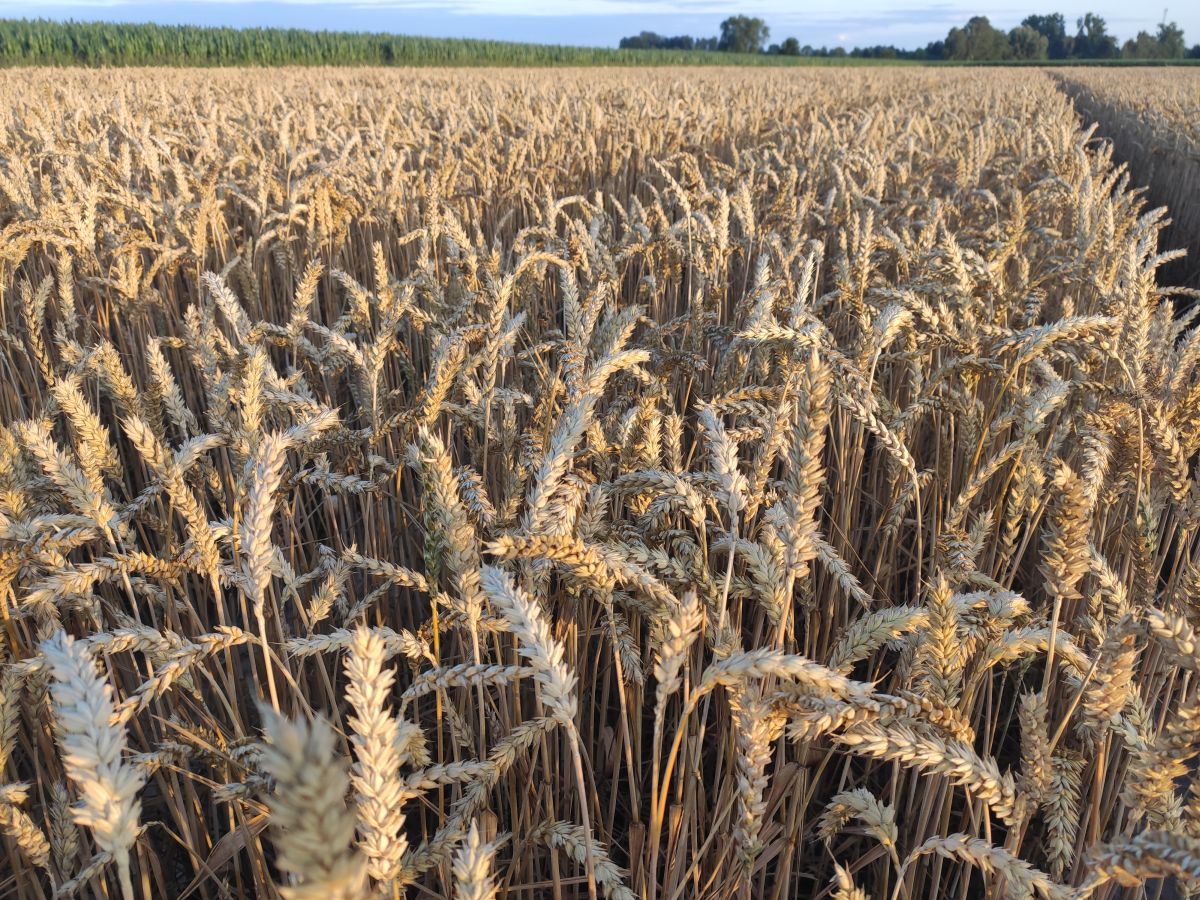FAO’s latest forecast for world grain production in 2022 was revised up by 9 million tons this month and now stands at 2.774 billion tons, still up 1.3 percent from the previous year. less year after year.
Most of the upward revisions were for rice and, to a lesser extent, for coarse grains, largely reflecting the inclusion of recently published official figures. The forecast for global grain use of 2.780 billion tons in 2022/23 was almost unchanged this month and still shows a 0.6 percent decline below 2021/22 levels. After a downward adjustment of 1.4 million tons this month, total global coarse grain use is projected to fall 1.5 percent below 2021/22 levels in 2022/23, driven by projected reductions in use of all major grain grains. crude (maize, barley and sorghum).
The FAO estimate for world wheat use was also revised up from the previous report of 1.8 million tons, mainly reflecting the greater use of wheat for feed in the European Union, where maize is expected to be replaced by wheat for feed due to lower domestic maize consumption. supply.
For 2023, world cereal stocks are projected to fall 1.2% from the baseline to 844 million tonnes, driven by an expected decline in global grain and rice stocks, which outweighs increases in wheat stocks. Based on the latest projections, the 2022/23 global grain stock usage ratio will be 29.5 per cent, down from 30.7 per cent in 2021/22, but still indicating a generally comfortable level of supply.
The sharp downward revision of Brazil’s maize stocks forecast following strong export momentum led to a 3.2 million tonnes drop in forecasts for world maize stocks for the month. This downward revision further lowers the estimated global coarse grain inventories to 344 million tons, pointing to a 5.5 percent decrease from baseline that is almost exclusively attributed to an 8.3 percent decrease in global maize inventories.
For 2023, FAO’s preliminary estimates for world wheat production show a decline year-on-year, but at 784 million tons, world output will still be the second highest. For example, in the Russian Federation, due to drier than average weather conditions in the southern regions and reduced sowing of winter crops amid lower domestic prices, wheat production is expected to fall from record levels in 2022. In Ukraine, financial constraints Severely, infrastructure damage and difficult access to fields in parts of the country have resulted in an estimated 40 percent reduction in winter wheat acreage in 2023 year-on-year, and wheat production is expected to be well below the average in 2023. N
In contrast, in the EU, wheat acreage will be largely unchanged in 2023, and with generally favorable weather signaling good yields, total production is expected to reach 136.5 million tonnes, on par with the previous year’s strong performance.

“Reader. Future teen idol. Falls down a lot. Amateur communicator. Incurable student.”


![Bogusław Wołoszański: “Achieving nuclear weapons would be the beginning of World War III” [WYWIAD]](https://storage.googleapis.com/bieszczady/rzeszow24/articles/image/877236c0-66fd-457a-9eb4-41792f9077ff)




